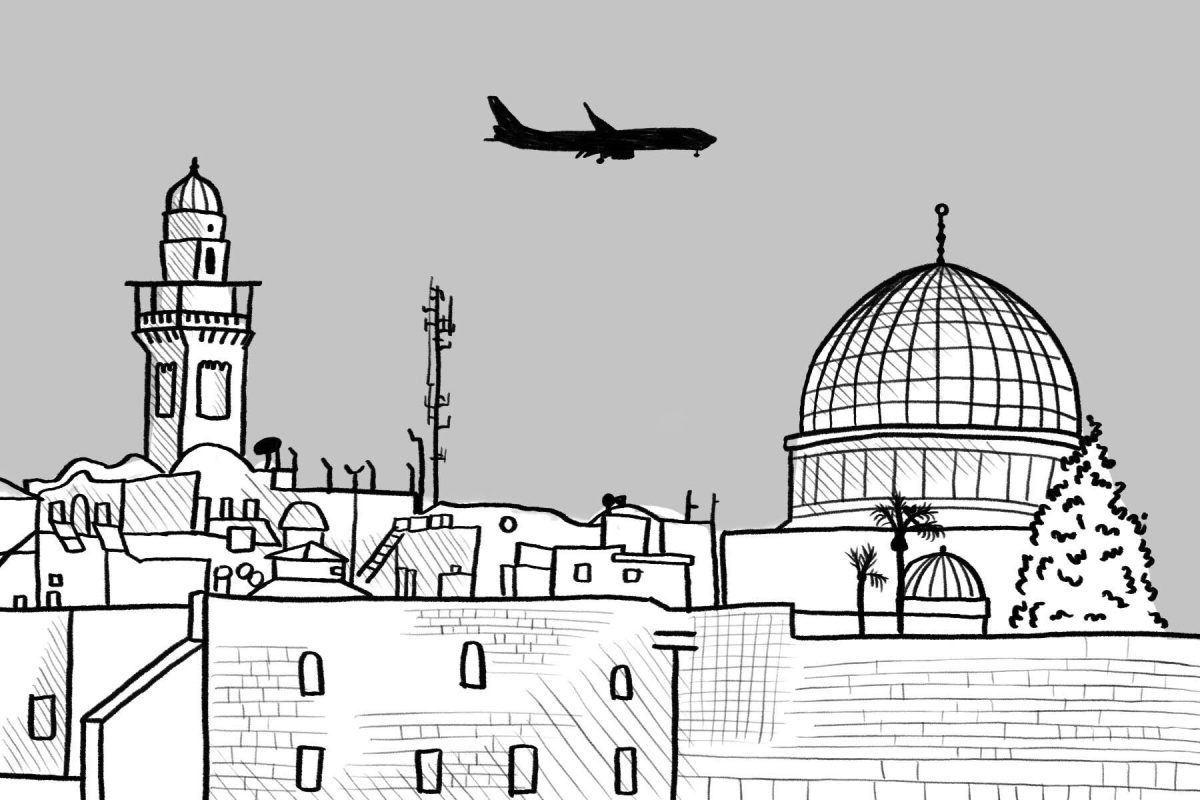UCSD researchers have developed a cell-phone application to help illegal immigrants cross the U.S.-Mexico border more safely. The application — the Transborder Immigrant Tool — is a controversial device that some consider a humanitarian project and others an illegal aid to smugglers.
The project to create the application, led by assistant visual-arts professor Ricardo Dominguez and coded by research theorist Brett Stalbaum, is aimed at reducing death rates among migrants crossing from Mexico into the U.S. by directing users to water caches and safety beacons via inexpensive cell phones.
“What we’re studying is whether very inexpensive mobile phones with GPS devices can be repurposed as an emergency life-saving tool,” Stalbaum said.
The development of the application has spanned more than a year. The researchers described their methods as a five-step process: mapping out the land surrounding the U.S.-Mexico border, researching both dangerous and safe communities in the area, testing GPS coordinates and vocal instructions, testing the application by walking between Mexico and the U.S. and letting immigrants in both countries test the tool for further feedback and development.
Director of the California Immigration Policy Center Reshma Shamasunder said she commends the collective effort of UCSD researchers.
“There is a human tragedy occurring along the U.S.-Mexico border, as people attempt to cross and find themselves lost or abandoned by smugglers who care little or nothing about them,” Shamasunder said. “Efforts to provide emergency information or assistance that can save lives are a compassionate response to this situation.”
Most of the tool’s funding has been research money allocated by UCSD. The application also received funding from the Transnational Communities Award given by the U.S. Embassy in Mexico.
However, organizations like the Center of Immigration Studies — a nonprofit group that researches the effects of immigration on the U.S. —vocally disapprove of the application.
CIS communications associate Bryan Griffith said an application to identify an individual’s location would be used to promote further unsafe activity when in the wrong hands.
“Anytime people make a high-technology tool that will identify where a person is, I don’t think it will be used only to find water,” Griffith said. “The tool will not only help illegal immigrants, but help drug smuggling and human smuggling.”
According to the U.S. Immigration and Nationality Act, anyone helping illegal immigration is subject to Title 8 of the U.S. Code, Section 1324, which states that aiding in the transportation of illegal aliens across the border is an offense that can potentially lead to fines or imprisonment.
Stalbaum said legality should not be an issue for a “public safety tool.”
“The technology itself isn’t really useful for navigating and making the whole trip into the United States from Mexico,” Stalbaum said. “You really have to raise questions as to why there’s such criticism over a device that is really only useful within an hour of time and within a couple kilometers of safety sites to help someone who’s disoriented to get to a water site.”
Researchers are attempting to address some problems before the release date, such as cost and life span.
“You can install it on a mobile phone that is operable — that somebody could use in an emergency situation in the desert — but after a couple weeks, that data is going to time out because of the stale data problem,” Stalbaum said.
The researchers plan to offer the tool to various humanitarian and church organizations by the end of the year at minimal to no cost.
“We’re making all of the software available as open source software,” Stalbaum said. “We’re providing our services at a public university to the larger transglobal community, which we’re a part of.”
The application has won two Transborder Awards from the UCSD Center for the Humanities.
Readers can contact Connie Qian at [email protected].







